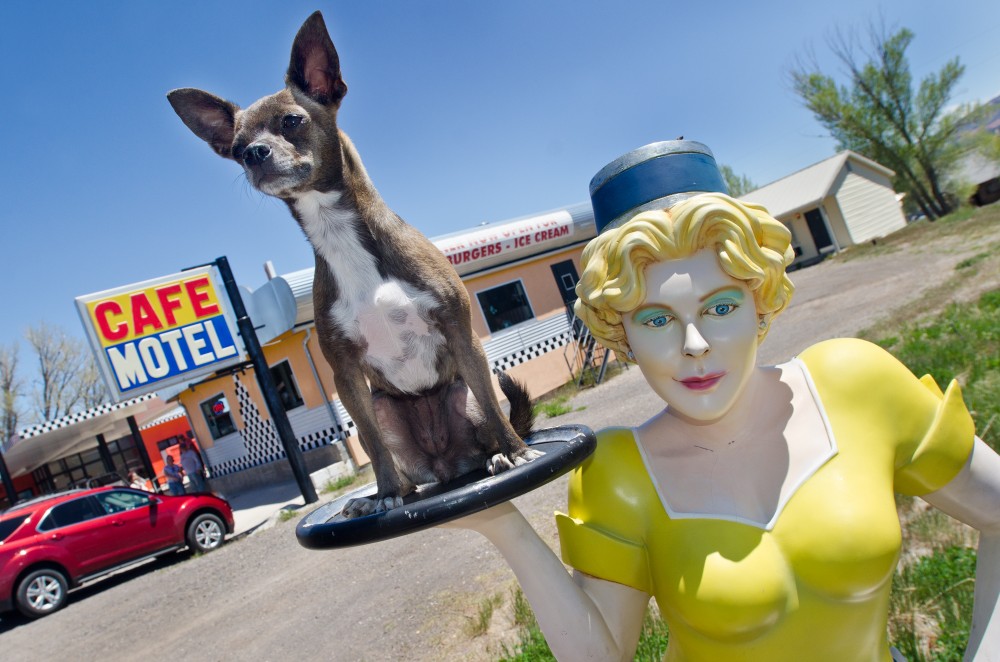We landed on Venetian Sovereignty by boat taxi after landing by plane at the nearby airport. We disembarked about one block from out hotel, a converted monastery located near the train station. Everything is within walking distance, as that is the only mode of transportation besides the boats
Venice was built before the dark ages, in a swamp to discourage local and foreign invaders. The only way to and from there was by water. Early Venetians drove wooden poles below the waterline to support the buildings. Through the centuries the town morphed into what we see today, a city totally intertwined with various sizes of canals. Horses and autos were never allowed on the island. All goods and fuel was transported to the city by water, as it is today. The city became rich trading to nearby city-states, and eventually to far away countries.
After securing lodging for our allotted stay, we walked around in a light rain, more like a mist. Residents and tourists alike donned umbrellas, and took up a swift pace to avoid the weather. We embraced it. The sunlight broke through the foreboding sky onto the multicolored pastel buildings, making the afternoon take on a magical quality. We proceeded to explore the labyrinth of back streets, open markets and hidden restaurants. Once again my geographically challenged family attempted to “guide” us on our way. After numerous course changes, we arrived back at our hotel as the sun was setting. They could get lost on an island, not I.
We found out the next day where all the main tourist attractions (shopping) were, and I vowed to avoid them. Carrie and Katie vowed to spend everything they had. We did find a great restaurant deep into the maze. It featured some of the best street food (pizza like material, covered with meats and cheese) in all of Europe, or at least that street. We enjoyed a light meal and a glass of wine while people watching from the outdoor dining tables. It was a very nice way to pass the time.
The next day while exploring, a hard rain was upon us. This was like walking in a waterfall. We took refuge in the lobby of a hotel along our route, and were welcomed by the staff to say while the monsoon had passed. Katie stood in the doorway and invited everyone within shouting range to join us in the dry lobby. Some took her up on her offer, and the staff never complained. A very hospitable city.
After buying supplies (wine) at a local Co-op, we embarked upon our journey. We boarded the Princess Cruise ship “Behemoth”. A slightly smaller version of a nuclear aircraft carrier, but not by much. We would spend days finding our way through the bowels of the beast
As we left Venice, the ships giant movie screen and speakers played the opera piece by Sarah Brightman & Andrea Bocelli “Time to say goodbye”. It seemed so perfect as we cruised by Piazza San Marco, far below and filled with people, on such a beautiful day. It had rained earlier that morning, and now the sky was clear except for clouds on the horizon. Venice seemed to glow in the late spring air.
The ships staff had heard the music, probably every time they set sail, and a few stopped to join in the song, even the hand gestures. With such a diverse crew from countries all over the world, it was really quit a sight.
